Can I Travel to Iran from USA?
As the world becomes increasingly interconnected, more and more Americans are venturing beyond their familiar borders to experience new cultures and destinations.
Iran, a country known for its rich history, stunning landscapes, and hospitable people, is gaining attention as a potential travel destination for adventurous Americans. However, before embarking on such a journey, it is natural to question the feasibility of visiting Iran as an American citizen.
While the US and Iran have had a complex political relationship in recent years, it is essential to separate politics from personal travel experiences. This article aims to provide an objective overview of the possibilities, visa requirements, safety considerations, cultural etiquette, and practical information for Americans who wish to visit Iran. By addressing the question of whether one can travel to Iran from the US, we aim to equip readers with the necessary knowledge to make informed decisions about their travel plans. Join us as we explore the enticing opportunities and potential challenges associated with visiting Iran as an American citizen. Let us uncover the truth behind the question that many have asked: Can I Travel to Iran from the US?
Iran: Location, Culture, and History
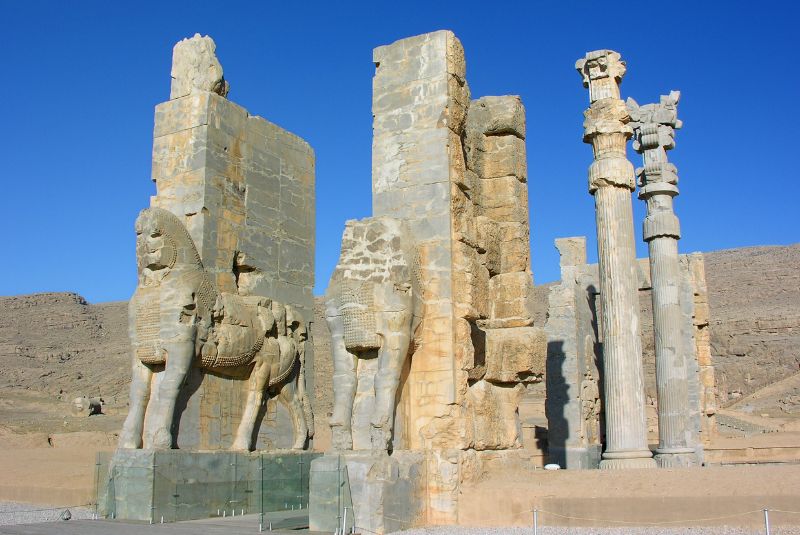
Iran, located in the Middle East, is a country steeped in history and culture. It boasts a diverse landscape, from the snow-capped mountains of the Alborz range to the mesmerizing deserts of Dasht-e Kavir and Dasht-e Lut. Iranian culture is deeply influenced by its long history, which includes the Persian Empire, the Islamic Golden Age, and a rich artistic heritage. Visitors to Iran can immerse themselves in the vibrant traditions, architecture, literature, and cuisine that showcase the country's unique identity.
Unique Attractions and Experiences
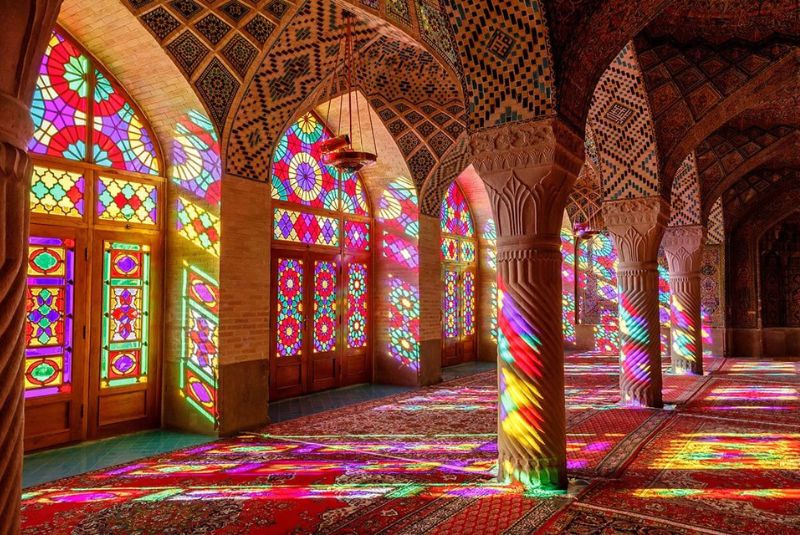
Iran's allure as a travel destination lies in its wealth of unique attractions and experiences. The country is home to numerous UNESCO World Heritage sites, such as the ancient ruins of Persepolis, the stunning city of Isfahan with its iconic Imam Mosque, and the mesmerizing Golestan Palace in Tehran. Nature enthusiasts can explore the otherworldly landscapes of the Badab-e Surt terraces or embark on a journey to the pristine shores of the Caspian Sea. Furthermore, Iran offers warm and welcoming hospitality, allowing travelers to engage with locals and gain insights into their daily lives and traditions.
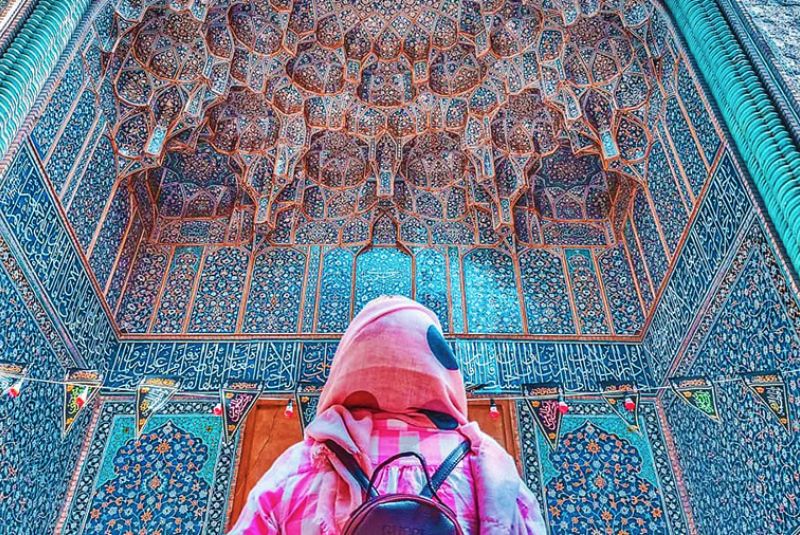
Political Climate and Travel Advisories
When considering travel to Iran, it's important to be aware of the current political climate. The US and Iran have had a complex relationship in recent years, leading to travel advisories from the US Department of State. These advisories provide up-to-date information on safety concerns and potential risks. It is essential to consult these advisories before making any travel plans, as they can inform decisions and help travelers understand the potential challenges they may face.
In the following sections, we will delve deeper into the specific aspects of traveling to Iran as an American citizen, addressing the key question: Can I Travel to Iran from the US?+
| Read more: Can I Travel to Iran from UK?
How to Travel to Iran as an American? Visa Requirements for Americans
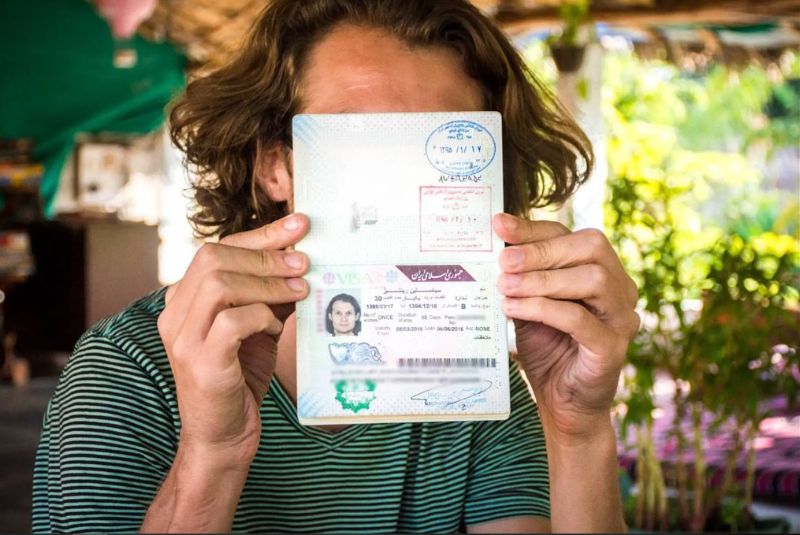
When it comes to traveling to Iran as an American citizen, obtaining a visa is a vital step. The visa application process for US citizens requires careful attention to detail. Firstly, it's important to note that obtaining a visa for Iran typically involves applying through an Iranian embassy or consulate. The application process may differ slightly depending on the specific embassy or consulate, so it's crucial to consult the official website or contact the relevant authorities for the most up-to-date and accurate information.
To successfully apply for an Iranian visa, US citizens must gather certain documents and fulfill specific requirements. Commonly required documents include a valid passport with at least six months of remaining validity, completed visa application forms, recent passport-sized photographs, and proof of travel insurance. Additionally, applicants may need to provide a detailed itinerary, a letter of invitation or sponsorship, and evidence of hotel reservations or accommodations.
It's worth noting that due to the ongoing political situation, US citizens are generally required to have a guided tour or be part of a group when traveling to Iran. This means that arranging a tour package or joining an organized group becomes an essential component of the visa application process.
To apply for an Iranian visa, US citizens should submit their completed visa application, along with the necessary documents, to the designated embassy or consulate. It's advisable to initiate this process well in advance of the intended travel dates to allow sufficient time for visa processing. Visa fees are applicable and vary depending on the type of visa, duration of stay, and other factors. It's crucial to inquire about the specific fees and payment methods when submitting the visa application.
| Suggestion: Best 5 Star Hotels In Iran to Stay in 2023 + Pics

To enhance the efficiency of the visa application process, it's recommended to consult with travel agencies that specialize in organizing trips to Iran or seek assistance from experienced visa consultants. They can provide guidance, facilitate the application process, and ensure compliance with all requirements.
By understanding the visa application process, gathering the necessary documents, and complying with the requirements, US citizens can navigate the visa application process smoothly and increase their chances of obtaining a visa to travel to Iran.
As we delve deeper into the topic of visiting Iran as an American, we will explore additional considerations, including safety and security, cultural etiquette, and practical information to make your journey more enriching and enjoyable.
| Also read: Things to Bring Back from Iran
Can Americans Travel to Iran Without a Tour?

American citizens are required to travel to Iran as part of an organized tour or with a private guide. This means that independent travel without a tour is not permitted for American travelers. The tour requirement is imposed by the Iranian government as a measure to ensure the safety and security of foreign visitors. It allows the government to closely monitor and regulate the activities and movements of tourists in the country. Therefore, if you are an American citizen planning to travel to Iran, it is essential to make arrangements through an authorized tour operator or a travel agency that specializes in organizing tours to Iran.
| Suggestion: Fun Things to Do in Iran | A Fun Guide!
Is It Safe to Travel to Iran in 2023?
When considering travel to Iran as an American, it is natural to have concerns about safety and security. However, it is important to separate misconceptions from reality. While geopolitical tensions exist, Iran is generally a safe destination for travelers. The Iranian people are known for their hospitality and kindness towards visitors, contributing to a welcoming and secure environment. It is crucial to rely on accurate and up-to-date information from reliable sources such as travel advisories and embassy notifications to make informed decisions.

Regardless of the destination, travelers should always prioritize their safety. Here are some general safety precautions to keep in mind while visiting Iran:
- Stay Informed: Stay updated on the latest travel advisories and follow the guidance provided by the relevant authorities.
- Respect Local Laws and Customs: Familiarize yourself with the local laws, cultural norms, and customs to avoid any unintentional offenses.
- Be Mindful of Personal Belongings: Exercise caution with your belongings and valuables, especially in crowded areas or tourist sites. It's advisable to use a money belt or secure bag to deter pickpockets.
- Stay Connected: Keep important contact numbers, including those of your embassy or consulate, readily available. Maintain communication with friends or family back home.
- Stay Alert in Public Spaces: Remain vigilant in public spaces, especially in crowded areas or public transportation. Trust your instincts and be aware of your surroundings.
- Secure Accommodations: Choose reputable accommodations and ensure they have appropriate security measures in place.
- Practice Safe Transportation: Opt for reliable and licensed transportation services. Be cautious when using public transportation and avoid traveling alone at night in unfamiliar areas.
While Iran, in general, is considered safe for travelers, it's important to be aware of specific regions or areas that may require extra caution due to various factors. Some areas near borders, particularly those adjacent to Afghanistan, Iraq, and Pakistan, may have security concerns and travel restrictions. It's advisable to check the latest travel advisories and consult with local authorities to assess the situation in specific regions before planning your itinerary. By staying informed and exercising caution in these areas, travelers can mitigate potential risks.
Cultural Etiquette and Customs

Iran is a country with a rich cultural heritage and a set of distinct norms and customs. Understanding and respecting these cultural aspects can greatly enhance your experience as an American traveler. Iranians are generally warm, hospitable, and deeply proud of their culture. Key aspects of Iranian culture include strong family values, respect for elders, and a focus on hospitality. Traditional arts, poetry, music, and cuisine hold significant importance in Iranian society.
When visiting Iran, it is important to be mindful of appropriate behavior, clothing, and social interactions. Here are some guidelines to consider:
- Modest Dress: Iran is an Islamic country where modesty in clothing is highly valued. Women should wear loose-fitting, non-revealing clothing that covers the arms, legs, and hair. Men should dress modestly as well, avoiding shorts and sleeveless shirts.
- Public Displays of Affection: Public displays of affection, such as hugging or kissing, should be avoided as they are considered inappropriate in Iranian culture.
- Respectful Gestures: Iranians appreciate polite gestures, such as greeting others with a handshake, offering compliments, and showing interest in their culture and traditions.
- Gender Interactions: In public spaces, it's important to be mindful of interactions between genders. Men and women who are not related should avoid physical contact and maintain a respectful distance.
- Photography: Always ask for permission before taking photographs of people or religious sites. Some locations may have restrictions on photography, so it's important to respect these guidelines.
Major Tourist Destinations in Iran

Iran is a country brimming with fascinating tourist destinations that cater to a wide range of interests. From ancient historical sites to vibrant cities and breathtaking natural wonders, there is something for everyone. Let's explore some of the major tourist attractions in Iran that captivate the imagination of visitors from around the world.
- Tehran: The capital city of Iran, Tehran offers a blend of modernity and tradition. Visit the Golestan Palace, the National Museum of Iran, and the bustling Grand Bazaar for a taste of the city's rich history and vibrant culture.
- Isfahan: Known for its stunning architecture, Isfahan is home to iconic landmarks such as the Imam Mosque, Sheikh Lotfollah Mosque, and the grand Naqsh-e Jahan Square. Stroll along the picturesque bridges over the Zayandeh River and explore the lively bazaars.
- Shiraz: Famous for its poetic charm, Shiraz is the city of gardens and literature. Explore the exquisite Nasir al-Mulk Mosque, marvel at the ancient ruins of Persepolis, and immerse yourself in the tranquility of the Eram Garden.
- Yazd: Step into the enchanting desert city of Yazd, with its labyrinthine old town, windcatchers, and mud-brick architecture. Visit the Jameh Mosque, explore the Zoroastrian Fire Temple, and discover the unique water storage system of Qanats.
- Persepolis: Located near Shiraz, the ancient city of Persepolis is a UNESCO World Heritage site and a testament to the grandeur of the Persian Empire. Marvel at the intricately carved stone reliefs and learn about the historical significance of this archaeological marvel.
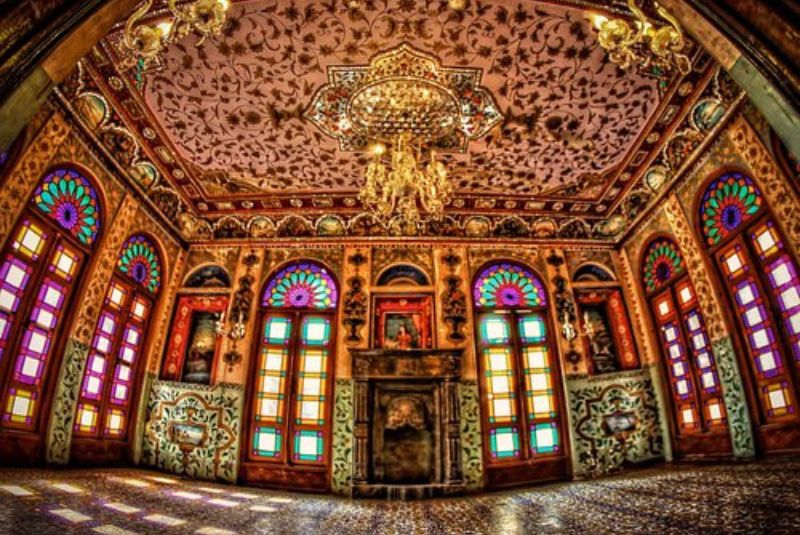
While most tourist sites in Iran are open to visitors, it's important to consider any specific requirements or considerations for certain destinations. Some historical sites may have restricted areas or require a guide to accompany visitors. It's advisable to check the latest guidelines and regulations before visiting these sites. Additionally, during peak seasons, such as Nowruz (Persian New Year), popular tourist destinations may experience higher visitor volumes, so planning ahead and booking accommodations and tickets in advance is recommended.
Practical Information for American Travelers
When it comes to getting around in Iran, there are various transportation options to consider. Domestic flights are a convenient way to cover long distances efficiently, with major cities like Tehran, Isfahan, and Shiraz having well-connected airports. Public transportation, such as buses and trains, is also available and offers a more budget-friendly option for traveling between cities and exploring different regions. It's important to note that while the public transportation system is extensive, it may be more challenging for English-speaking travelers to navigate, so having a basic understanding of Persian phrases or traveling with a guide can be beneficial.
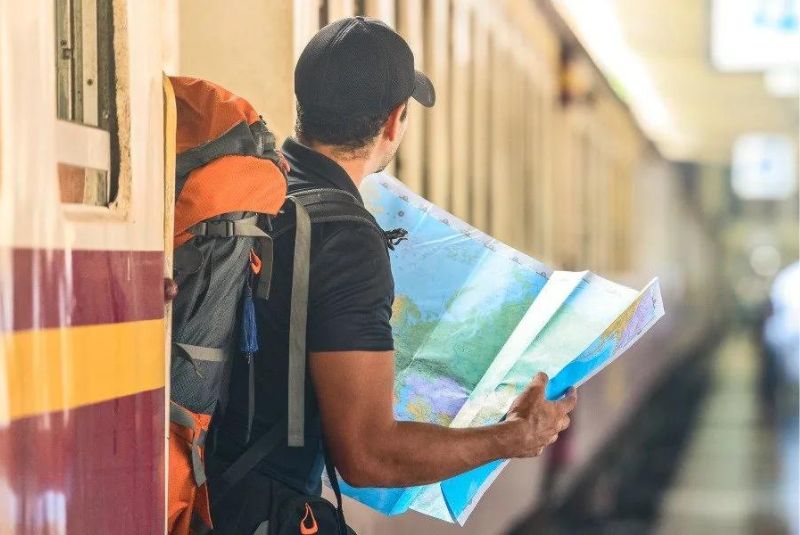
Here are some additional tips if you want to visit Iran as an American:
- Accessing Money: The currency of Iran is the Iranian Rial (IRR). While international credit and debit cards are not widely accepted, it is possible to withdraw cash from ATMs in major cities. It is advisable to carry enough cash for smaller establishments or when visiting more remote areas.
- Communication: Wi-Fi is widely available in hotels, cafes, and public spaces. To communicate with locals, consider installing translation apps or carrying a pocket-sized English-Persian phrasebook for basic communication.
- Dress Code: As mentioned earlier, it's important to adhere to the modest dress code in Iran. Pack clothing that covers the arms, legs, and hair for women, and modest attire for men. Scarves or head coverings for women are necessary in public places.
- Time Zone: Iran operates on Iran Standard Time (IRST), which is UTC+3:30. It's advisable to adjust your watches and plan activities accordingly.
- Health and Safety: It's recommended to check with your healthcare provider regarding any necessary vaccinations or health precautions before traveling to Iran. It's also important to have comprehensive travel insurance to cover any unforeseen medical expenses or emergencies.
- Electrical Considerations: Iran operates on 220V electrical systems with Type C and Type F sockets. It's advisable to bring plug adapters and voltage converters if needed.
Final Takeaway
we encourage readers to consider visiting Iran and experiencing its rich culture and history firsthand. Iran is a country that captivates with its hospitality, architectural wonders, and the depth of its historical legacy. By approaching the trip with an open mind, respecting local customs, and embracing the opportunity to engage with the Iranian people, travelers can forge lasting memories and gain a deeper understanding of this remarkable nation. So, if you are an American traveler seeking a unique and rewarding adventure, consider adding Iran to your travel bucket list.
Share your story!
Comment below and let us know about your Experience.
Your story inspires others!


Comment
Leave a Comment